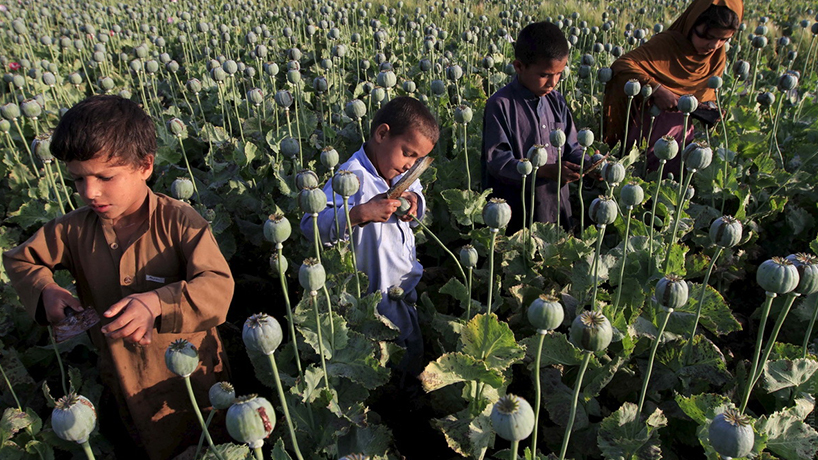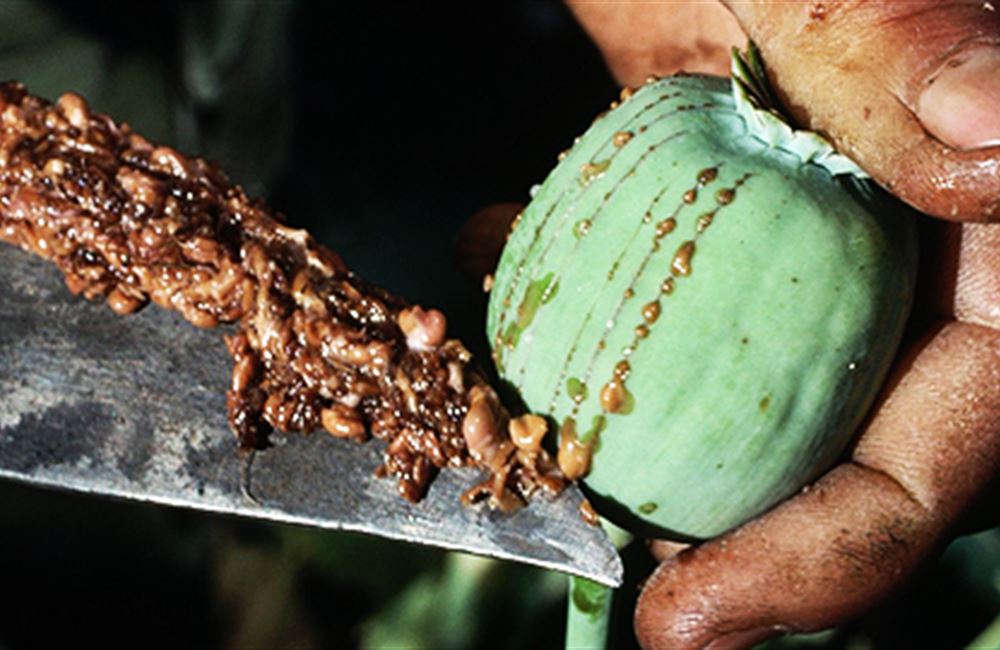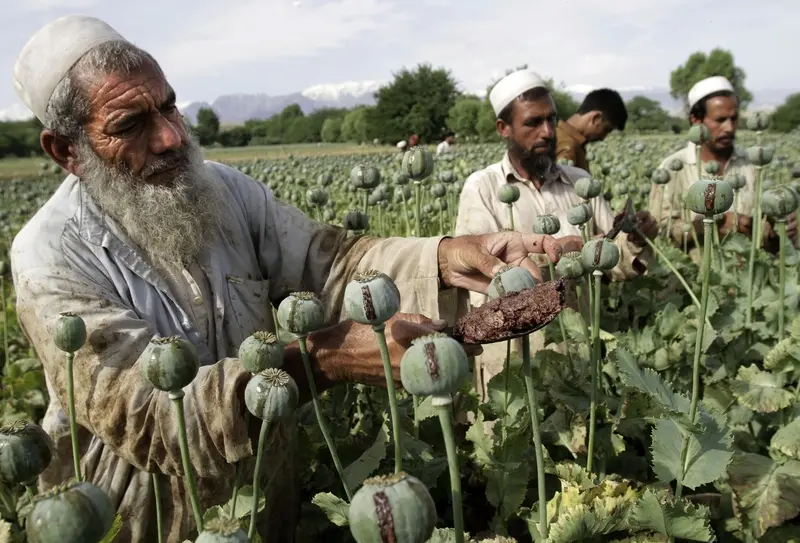
By 2023, around 60 million people were using opioids, making it the second highest number after cannabis drugs (219 million).
Estimate by the UNODC
Historical sources often mention that the liquid contained in the capsule (poppy head) has medicinal but also narcotic effects, and this is probably why poppy has been grown since ancient times.
Opium Wars (1839-1860). The conflict between European powers, mainly Great Britain, and the Chinese Empire was primarily triggered by poppy, i.e., in the interests of free opium trade in East Asia. The Chinese government opposed this due to the significant damage that opium use was causing in Chinese society and thus in the Chinese economy.
20th Century. The governments of most countries focused on combating drug addiction, including the use of opium and heroin. As a result, POPPY CULTIVATION IS BANNED IN MOST COUNTRIES AROUND THE WORLD and is often strictly prosecuted.
1997. Establishment of the UNITED NATIONS OFFICE ON DRUGS AND CRIME (UNODC) in Vienna. This is the UN body for crime prevention and criminal justice, managed by the UN Commission on Crime Prevention and Criminal Justice and the UN Commission on Narcotic Drugs.
End of the 20th Century. The main supplier of opium and especially heroin to the global illegal drug market was AFGHANISTAN, which is part of the so-called Golden Crescent (Afghanistan, Iran, Pakistan). Another significant area of illegal opium production is the countries of the Golden Triangle (Myanmar, Thailand, Laos). Both regions are known for their long history of opium production, which is processed into heroin and distributed worldwide. By 2022, Afghanistan was the world’s largest producer of opium (90% of the illegal market). Then Myanmar (likely the largest in the world today), Iran, Pakistan, Laos, Thailand, and countries in Latin America (Mexico, Colombia, Peru, Bolivia).
2023. Current opium production is difficult to estimate. Afghanistan, which was its largest producer (approximately 6,200 tons in 2022), has stopped cultivating poppy on large areas after the Taliban took over the government. The largest illegal producer is now Myanmar and Mexico. The estimated export of opium from Mexico for 2023 is estimated at over 2,000 tons.
Table: Illegal Poppy Cultivation – Area in Ha (UNODC Estimate)
| Country | 2011 – 2020 | 2022 |
| Afghanistan | 208 000 ha | 233 000 ha |
| Laos | 4 787 ha | ? |
| Myanmar | 40 640 ha | 40 100 ha |
| Colombia | 334 ha | ? |
| Mexico | 20 600 ha | ? |
| Others | 16 905 ha | 42 684 ha |
| Total | 315 784 ha | ? |
Map: Drug Route – Opium and Heroin Before 2022

Gallery of Photos from the Internet (ČTK, iDnes, DW, BBC)






